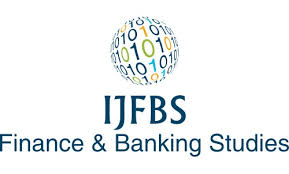
International Journal of Finance & Banking Studies
Yazarlar: Maria Afreen
Konular:-
Anahtar Kelimeler:Macro-prudential Indicator,Return on Equity,Banking sector,Financial Crises
Özet: For risk and capital measurement, banks and other financial institutions need to meet forthcoming regulatory requirements. However, it is a serious issue to think that meeting regulatory requirements is the sole or even the most important reason for establishing a scientific, sound risk management system. To direct capital to activities with the best risk/reward ratios, managers need reliable risk measures. To stay within the limits imposed by readily available liquidity, by creditors, customers, and regulators, they need estimates of the size of potential losses. They need mechanisms to monitor positions and create incentives for prudent risk-taking by divisions and individuals. Risk measurement deals with the quantification of risk exposures, whereas risk management refers to the overall process by which managers satisfy these needs and follows to define a business strategy, to detect the risks to which are visible, quantifying those risks, and to control and understand the nature of the risks it faces. This research focuses on the economic vulnerability faced by banks in the financial sector in terms of the crises issues perspective of economic distress. Here, the methodology followed is based on the CAMELS framework variables. CAMELS is an abbreviation for: capital adequacy (C), asset (A), management (M), earnings (E), liquidity (L) and sensitivity to market risk (S). Based on these terminologies, a couple of variables should be selected, such as capital asset ratio, non-performing loan, cost income ratio, industry production index, non-interest income, reserve of gold, inflation, stock turnover ratio, real interest rate as component series and return on equity (RoE) as reference series to identify the turning points of economic vulnerability in the banking sector in Bangladesh. Thus, by forecasting the directional changes it could make policymakers aware of changes in the financial markets and banking economy and allow them to undertake preventive steps for remedial purposes. The constructed MPI should have a remarkable lead time of about not less than 6 months on average in case of prediction against the leading for reference Series.By mending the financial efficacy of investment banks. Bangladesh also should improve their corresponding banking system to implement these suggestions.